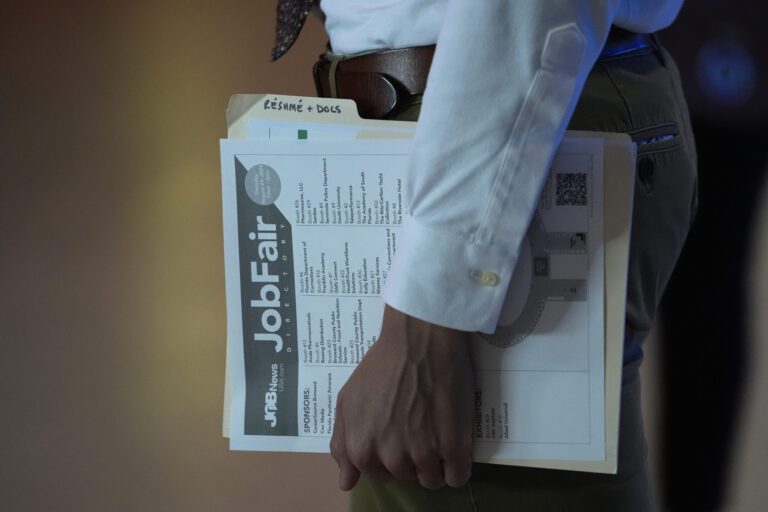Historic Mass Resignation of Federal Workers: What You Need to Know
As the United States prepares for an unprecedented wave of departures from federal service, more than 100,000 federal workers are set to resign on Tuesday due to the Trump administration’s Deferred Resignation Program (DRP). This initiative aims to streamline the federal workforce and reduce government size.
What is the Deferred Resignation Program?
The Deferred Resignation Program presents federal employees with a choice: either accept a buyout package or face the possibility of future layoffs. This program was introduced shortly after President Trump’s second inaugural, aiming to cut the federal workforce significantly.
Key features of the DRP:
- Immediate Buyouts: Employees who opt for the buyout can leave their positions immediately but will continue to receive pay through September 30.
- Generosity of Offers: Scott Kupor, the director of the Office of Personnel Management (OPM), stated that the buyouts were designed to be "appropriately generous" and provide employees with ample time to transition to new opportunities, mirroring similar strategies from the private sector, such as deals initiated by Elon Musk at Twitter.
Timeline of Events:
- Inauguration Impact: Following President Trump’s second inauguration, an email titled “Fork in the Road” was sent to over 2 million federal employees, prompting them to make quick decisions regarding their futures.
- Renewed Options: Although employees initially had just a week to respond, some agencies extended the opportunity later in March.
The Larger Context and Implications
With Congress grappling with budgetary challenges and a looming deadline to prevent a government shutdown, the stakes are higher than ever. The White House has advised federal agencies to create contingency plans to manage further departures alongside the planned resignations.
Cost of the Program
According to estimates from Senate Democrats in July, the Deferred Resignation Program could cost up to $14.8 billion. It is projected that around 200,000 workers may maintain full pay and benefits while on administrative leave for as long as eight months.
Ongoing Claims from the Administration:
- The Trump administration asserts that these measures are crucial for enhancing efficiency within the federal government.
- In an August memo, Kupor claimed that the DRP is a "practical, humane, and voluntary option" designed to accelerate necessary transitions within the workforce, promising potential savings of $20 billion annually in the long term.
Projected Outcomes
The total number of departures resulting from the DRP, alongside normal attrition and retirements, is expected to reach approximately 275,000 workers.
Summary
- Program Name: Deferred Resignation Program (DRP)
- Total Expected Departures: 275,000
- Cost Projections: $14.8 billion
- Potential Long-term Savings: $20 billion annually
As the federal landscape shifts dramatically with the fallout from the Deferred Resignation Program, the coming weeks will reveal how these mass resignations impact government operations and the broader economy.
For more insights on the implications of workforce reductions in government, check out our resources on federal workforce trends and government shutdown impacts.


